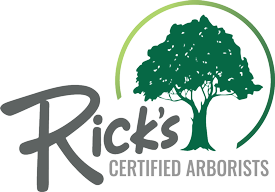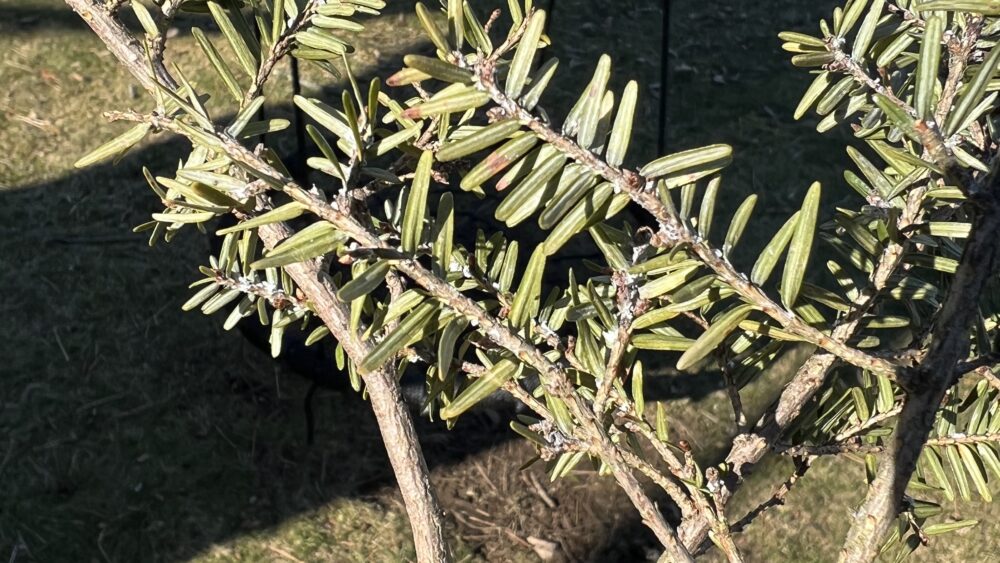Rick’s PHC Certified Arborists is a top choice whenever residents and business owners want reliable tree arborist services in West Chester, PA. We work with thousands of diseased and infested trees annually.
Many forest and ornamental species have the appearance of a waxy coating on the underside of the needles on their upper-surface cones and leaves, indicating the presence of elongate hemlock scale infestations. Some mistake elongate hemlock scale as a genetic disease or fungal infestation because of its odd name, but it’s actually an insect.
These pests are challenging to detect in deciduous forests because the slightly-powdered appearance of leaves is virtually unnoticeable from a distance. Diagnosing and managing elongate hemlock scale requires a trained eye and technical experience, which our arborists provide to dozens of five-star reviews every month.
We will outline signs of an elongate hemlock scale infestation in this article. We will also help you decide whether to eliminate or save your trees by describing how licensed arborists remove this insect.
What Is the Elongate Hemlock Scale?
The elongate hemlock scale is a winged insect related to the hemlock woolly adelgid and gloomy scale families. It feeds on a diet of spruce, hemlock, and fir tissue but can also derive nutrition from pine, cedar, and yew.
Arborists first detected its presence in Japan before lumber merchants brought it to New York in 1908. It has spread to the Midwest, primarily infecting deciduous forests in North Carolina and Maine in the northern and southern parts of America. Elongate hemlock scale infestations are commonplace in suburban and forest settings in Pennsylvania.
Signs of Infestation
Female elongate hemlock scale insects have a yellowish-brown waxy coating, while male colony members have wings. Crawlers emit waxy secretions that appear like tangled strands on leaves.
Female insects lay eggs during summer that into nymphs after four weeks. The wind can disperse crawlers into neighboring trees, where they hide on the underside of needles.
These insects penetrate bark tissue with piercers on their mouths and ingest mesophyll cells trees need to distribute water to various parts of their crowns. They will cause massive needle drops on infested branches, eventually leading to branch dieback and tree death.
How Arborists Control and Manage Elongate Hemlock Scale Infestations
Arborists can spray registered insecticides on vulnerable trunks and branches from May to June to prevent infestations.
Untrained arborists commonly misdiagnosed elongate hemlock scale infestations as the presence of hemlock woolly adelgid, which requires different prevention and treatment methods. The lady beetle and lacewings are natural predators of the elongate hemlock scale, giving new trees a better chance of survival in an infested forest environment.
Overusing nitrogen fertilizers are proven to increase the presence of the elongate hemlock scale and other armored-scale pests. Arborists can help you plant and fertilize strategically to minimize the risk of infestation.
Get Expert Help Today
Work with a licensed tree care services company and prevent elongate hemlock scale infestations. Call Rick’s PHC Certified Arborists at 610-840-2655 today for a free consultation.


Comments are closed.